Well this short history overview (taken from http://cabiners.wum.land/Wum-Land-Development_intro_to_LID.pdf) is really rather good and covers much of the same stations as the show plus a few more that didn’t quite make the cut, due to lack of time rather than historical badassness. There is another excellent piece more specific to the Forest of Dean here https://cabiners.wum.land/history.html
450 to 1066 – Anglo-Saxon Charters grant land to ‘lay people’ (commoners), set-up the administrative areas that correspond closely to our modern parish boundaries. The earliest surviving charter of King Hlothhere of Kent was drawn up in AD 670.
1066-7 Norman invasion displaces Anglo-Saxon commons/ land ownership model. William the Bastard declares that all land, animals and people in the country belong to him personally. This was as alien to the Isle’s customs as the colonial land-grabs were to the First Nations of America. Still today, the monarch’s land monopoly remains, in theory and practise, a legal reality. Land is parcelled up and given as payment to Williams forces. We go from a country in which >90% of people owned land, to a country of landless serfs, themselves owned by foreign lords.
1066-70 The ‘Greenmen’ resist the Norman invasion. Wearing camouflage, they run guerilla warfare campaigns against the invaders who called them the ‘silvatici’ (the men of the woods).
1069–70 the ‘Harrying of the North’, William burnt down every building between York and Durham, and killed by starvation or sword over one hundred thousand people. Many of the largest land owners in this country still today proudly trace their family tree back to ancestors who were involved in this bloodbath.
1135 – 1154 Civil war during the reign of Stephen saw the strength of the regional lords/ barons rise relative to the Crown as they established political and judicial arenas other than those defined by the Crown- creating a degree of regionalisation. England’s population more than doubled during 12th and 13th centuries stressing the economically inefficient land monopolies.
1215 Barons forced King John to limit his own power by signing Magna Carta which restated certain ancient, customary rights. Some of which were pre-Norman, and likely echoed back to our ancient oral traditions, existing long before the Roman invasion.
1217 Charter of the Forest re-established rights for Freemen to access and make use of the Royal Forests without persecution.
1235 – Statute of Merton encouraged landowners to convert arable land into pasture, as demand for British wool increased. Displacing traditional peasant agriculturalists and farmers. Commons Act 1236 allowed lords to enclose common land. Wool was the backbone and driving force of the medieval English economy between the late thirteenth century and late fifteenth century the trade (a primary driver of enclosure) was called “the jewel in the realm” or ‘half the wealth of the kingdom’. Statutes of Westminster 1275/ 85/ 90- restrict subtenure/ sale of parcels of land (a threat to state land monopoly) other than to the direct heirs of the landlord. It was prompted by certain lords who were dissatisfied with increasing amount of subtenures. These restrictions gave rise to ‘livery and maintenance’ or ‘bastard feudalism’, i.e. the retention and control by the nobility of land, money, soldiers and servants via salaries, land sales and rent. In-effect, this was the start of modern wage-slavery, and still works today, to ensure the regions remain economically dependent on the core, via state subsidised and enforced land monopoly to restrict regional economic and thus political power.
Rising European merchant class capitalised on mass production of wool being facilitated by displacing agrarian communities.
British wool became very sought after in Europe. Increasing demand for British wool, led to more mass displacement of peasants–generating an landless ‘class’ of urban dependents.
Great Famine 1315 and the Black Death 1348 killed >1/3 of the population, forcing the landed classes to value the productive members of their society (the peasants) who grew all the food.
1337-1453, Hundred Year War vs France, financed by merchant capital to gain control of the Flemish wool industry and weavers.
1340-1380 purchasing power of rural labourers increased 40%.
1351/ 49 The Labourers Acts were the nobilities reaction to the rising bargaining power of peasants, they fixed wages to ‘preplague levels’, restricted free movement and price-fixed foods.
1377 John of Gaunt imposed a new tax, the Poll (head) Tax.
1381 Peasants Revolt : Kentish rebels joined by many townsfolk, entered London. They destroy gaols, burned down Savoy Palace (Gaunts home), plundered Lambeth Palace, burnt books and buildings in the Temple, killed anyone associated with the royal government. The following day, Richard met the rebels at Mile End and acceded their demands, including the abolition of serfdom & poll tax (the only promise not reneged soon after)
1400-1409 Owain Glynd r last native Prince of Wales (Tywysog Cymru) viewed as a de facto King, led the ‘Welsh Revolt’ rapidly gaining control of large areas of Wales. Eventually his forces were overrun by the English, but despite the large rewards offered, Glynd r was never betrayed. His death was recorded by his kinsman in the year 1415, it is said he joined the ranks of King Arthur, and awaits the call to return and liberate his people.
1450 – Jack Cade led an army of Kentish peasants (described by ‘Shakespeare’ as “the filth and scum of Kent”) the rebels persuaded first army dispatched to pack up & go home, skilfully evaded a second of 15,000 men led by Henry VI, defeated third army in battle, killing two of the king’s generals in the process.
1450–1451 John and William Merfold’s Uprising centred around Sussex, mostly comprised of artisans pillaging and killing local gentry and clergy. “[The rebels wished] as lollards and heretics, to hold everything in common.” – the King’s Indictment, 1451
1489 Depopulation Act ‘agaynst pullying doun of Tounes’, Kings introduce anti-enclosure acts, due to widespread clearances, and the depopulation of entire villages. There were to be 11 similar Acts & eight commissions of enquiry over next 150 years. Henry VIII legislates against early cloth factories & enclosures, a primary source of wealth for the emerging ‘middle class’ of land owners, but lacked the strength to fully implement his changes.
1515 Henry VIII orders all pasture be converted back to arable in an attempt to reign in fortunes being made by the merchants.
1536 to 1541 – Dissolution of the Monasteries by Henry VIII privatising church lands (then 1/5th of the land), generating even more landless people, wholly dependent on urban wage-slavery.
1549 Kett’s anti-enclosure rebels 16,000 strong, took Norwich. Kett was 57 years old and one of the areas wealthier farmers. Erection of Cottages Act 1588 “against erecting and maintaining of Cottages” by people with less than four acres of freehold land. Prevent people building homes, farming remaining common land There is a surprising amount of continuity, in ‘open field systems’ from the fourth millennium BC up until the Norman invasion. Communal land management originated centuries, perhaps millennia before the Anglo-Saxon era. In Anglo-Saxon land law or ‘folkland’, as it was called, land was held in allodial title by the group, individual ownership did occur but it was limited to ensure the needs of the group were met.
1607 the agrarian changes (depopulation, enclosure) in the Midlands had produced mass armed revolts of the peasantry.
1607 to 1636, Government pursued an active anti-enclosure policy. Charles I, the ‘Commoners’ King’ was ‘re-commoning’ lands enclosed by lords and merchants, just before Civil War.
1620 Sir Edward Coke ‘greatest of English judges’, and a keen opponent of enclosure, declared depopulation against the laws of the realm ‘the encloser who kept a shepherd and dog in place of a flourishing village community was hateful to God and man.’ Ethnically cleansing ‘peasants’ is a clear violation of our ancient Common Law of Tort which is ‘cause no injury, harm or loss’
1626–1632 The Western Rising was a series of riots in the Dean and other Forests against disafforestation of royal forests
“In 1633-4 we find a proposal that all inclosures made since James I. should be thrown back into arable on pain of forfeiture” Enclosers still prosecuted in the Star Chamber as late as 1639.
1638 in the Forest of Dean “The deer were to be disposed of, as demoralizing the inhabitants and injuring the young wood; the commissioners recommended ejecting the cottagers who had established themselves in the Forest, as often before, in defiance of authority, and who numbered upwards of 2,000, occupying 589 cottages, besides 1,798 small enclosures containing 1,385 acres. As to defraying the cost of executing the above works, the commissioners recommended the sale of about 440 acres of detached Crown land adjoining the Forest” Charles I gave a short break in enclosures, he’s then beheaded. Post civil war enclosures accelerated by a largely landowning Parliament, blighting our entire population to this present day.
1642-1651 English Civil War, old feudal v.s. merchant powers.
1649 mass-redistribution, Cromwell sells 1,677 Royalist Estates
1649 Gerrard Winstanley with a peasant army, called the ‘True Levellers’ (later diggers) declaim the Earth a Common Treasury. The Diggers print radical protestant literature, aimed at reforming the social order with an agrarian lifestyle based on the creation of small egalitarian, self-sufficient rural communities, an ecological interrelationship between humans and nature, “true freedom lies where a man receives his nourishment and preservation, and that is in the use of the Earth.”
1659, Forest riots ‘probably excited by the efforts which the Government had recently made for the re-afforesting of 18,000 acres; to effect which 400 cabins of poor people, living upon the waste, and destroying the wood and timber, were thrown down.’ English nationalist discourse in the mid-17th century spoke of throwing off the ‘Norman yoke’ – i.e. feudalism, land monopoly.
1671 Game Act made it illegal to hunt wild animals, considered a common right since time immemorial. Also illegal for farmers to protect crops from rabbits, other animals. Starvation or crime. Around now modern banking arrived in England from Holland leading to a century of boom and bust bubbles, expensive wars in which banking families made huge profits funding both sides.
1680 in the FOD “there were remaining about 30 cabins, in several parts of the Forest, inhabited by about 100 poor people, (The Crown) had taken care to demolish the said cabins, and the enclosures about them.” These were not the Forest “free miners”, although “they had been born in it, and never lived elsewhere,” but as “cabiners,” who had to work seven years in the pits before they could become “free.” Freedom=Slavery. Glorious Revolution of 1688 leading to the Bill of Rights 1689.
1700-1850 Parliamentary Enclosures, no longer held back by sections of the Church, nor the power of Monarchs- enclosures increase exponentially in speed and size, urban slums grow too.
By 1700 half all arable lands enclosed, by 1815 nearly all farm land was enclosed, hunting, grazing, gleaning rights all but lost.
From 1750 to 1820 desperate poachers were ‘hanged en-mass’
1790-1830 a third of rural population migrates to urban slums. Where they are put to work in factories, workhouses called by Blake the “Satanic Mills” of modernity, i.e. ‘Industrial Revolution’.
1788 Mr. Miles Hartland, assistant-deputy-surveyor stated to the Dean Forest Commissioners, “cottages and encroachments in the Forest have nearly doubled within the last forty years.”
1811 – 1816 Concerned that machines would replace their highskill labour, the Luddites smash machinery, threaten industrialist. Luddites were not anti technology, they were pro-workers rights. Early 1800’s Industrialist Robert Owen talks of a ‘moral rebirth’ and sets about improving the living conditions of his workers.
1800-1850 Highland Clearances led to the displacement of up to 500,000 Highland peasants and crofters, tens of thousands of which died in the early-mid the 19th century, to be replaced by sheep. A member of the British Aristocracy noted ‘It is time to make way for the grand-improvement of mutton over man.’
1808 Dean Forest Timber Act 1814-1816 11,000 acres enclosed
1831, Warren James with 100 Foresters, demolished enclosures at Park Hill, between Parkend and Bream. 50 unarmed Crown Officers were powerless to intervene. Soon a party of 50 soldiers arrived from Monmouth, but by now the number of Foresters had grown to around 2000 and the soldiers returned to barracks. squadron of heavily armed soldiers arrived from Doncaster and the day after, another 180 infantrymen from Plymouth James was sentenced to death, later transportation to Tasmania.
1845 – 1852 Irish Potato ‘Famine’, as British troops seized foods, to be exported at gun-point leaving the Irish population to starve.
1845 and 1849: 616 major landlords owned 95% of the British Isles and rented marginal lands to land-workers (peasants).
1849 Forest of Dean ‘a general feeling prevailed against the deer, on the ground of their demoralising influence as an inducement to poaching, and all were ordered to be destroyed, there being perhaps 150 bucks, 300 does. “if once men begin to poach, we can never reckon upon their working afterwards.” Mr. Nicholson’s statement before Lord Duncan’s Committee
1872 the British Government published ‘The Return of the Owners of Land’, only the second audit of land to have taken place in British history, the other being the Domesday book. After 2 years of gathering all the information the returns found that 1 million people owned freeholds, about 5% of the population. 10 Dukes owned over 100,000 acres each with the Duke of Sutherland owning 1,350,000 acres, 1/50th of the entire country. Return of Owners of Land, confirmed that 0.6 per cent of the population owned 98.5% of the land. Half of Britain was owned by 0.06% of the population. Findings still well hidden till this day.
Late 1800 industrialists build villages for workers, in anticipation of higher productivity. Strict, religious ‘rules’ concerning drinking, dancing, singing or fraternising with opposite sex were common.
Late 1800s – early 1900s land reforms start making headway, allotment acts, numerous attempts to introduce a land value tax- to return tax burden to large land owners. Landowners fear land may soon become a liability, so they sell >1/2million acres in a short space of time- though mostly to other large landowners.
1899 Commons Act permits district councils, national park authorities to manage commons for ‘exercise and recreation’.
1900-1946 ¼ of a billion Europeans die from war, famine or as a result of war. Enables land-grabbing on an unprecedented scale.
1920-47 Plotlands were the first chance for workers to own land and build dwellings on it – they lead to the invention of Planning Laws to prevent poor people building houses in the countryside.
1925 Law of Property Act s.193 gave the right of the public to “air and exercise” on Metropolitan commons, but not rural commons.
1925 Land registry begins, to-date about 50% of land registered.
1930’s ‘Green Revolution’, a euphemism for the petrochemical based agriculture of the (post-)war period, has succeeded only in finding and expanding new ‘markets’ for the petrochemical corporations who became incredibly wealthy and politically influential by selling fuel & chemical weapons during the wars. In fact, many of the insecticides and herbicides sprayed on our foods today are modified or sometimes even just ‘rebranded’ chemicals originally designed as weapons of war. Of course, the exact same chemical corporations also manufacture and sell pharmaceutical drugs, which make additional revenue ‘treating’ the ‘diseases of civilisation’ which so often result from exposure to these chemical. As the head of I.G. Farben infamously said… “we intend to make the human-body, our market place.” Currently more than 70 per cent of UK land is owned by fewer than two per cent of the population. Much of which is directly traceable to Guillaume (William) the Bastard/ Conqueror whose 22nd great-granddaughter sits upon the ‘English’ throne still today. Meanwhile, Britain’s 16.8 million homeowners account for barely 4 per cent of the land, about the same as that owned by the Forestry Commission. Today, Britain has the second most unequal distribution of land ownership on Earth, after Brazil.
1962 start of the European Union’s Common Agricultural Policy (CAP), largest political bribery structure ever conceived by man.
1981, The Foresters won an exemption from Forestry Act’s land sales. Then MP Paul Marland quickly changed his mind about supporting the sale saying… “Today’s Forester is of the same independent mind and rugged character as were his forefathers. It is our duty to preserve his ancient rights and traditions”. Take note!
1986 Inheritance taxes finish off remaining Anglo-Norman landed gentry, well, those not already in-bed with ‘globalist’ financiers.
1996, 500 ‘The Land is Ours’ activists occupied 13 acres of derelict land on the banks of the River Thames in Wandsworth.
In 1999, the British activist group ‘The Land is Ours’ celebrated the Digger movement’s 350th anniversary with a march and reoccupation of Saint George’s Hill, site of the first Digger colony. CROW Act 2000 recognised ‘freedom to roam’ on common land.
2008, first low-impact development granted planning permission to Tony Wrench & ‘that round-house’, after attempted eviction failed.
2009, nearly a hundred activists converged on a piece of derelict land at Kew Bridge in south west London to create an ‘eco-village’.
2010 HOOF successfully fought nationwide forest sell-off from public bodies bill, leading to the government backing down and setting up the Independent Panel of Forestry, which concluded that, “
2012 Wilderness Centre reopened in Spring, Yorkley Court’s ‘disorderly settlement’ begins in the Autumn of that year.
2012 “Runnymede Eco-Village started by ‘the Diggers 2012’ who are modelled after Gerald Winstanley’ Diggers of 1649. Successes of Low-impact development planning policy in Wales, under the ‘One Planet Development’ scheme -the flagship project is Lammas eco-village in Pembrokeshire. Oxford University produces a DNA map of Britian which reveals that “most people in Great Britian still live in the tribal teritories which existed over 1000 years ago.” Geneticist Professor Sir Walter Bodmer of Oxford University said: “What it shows is the extraordinary stability of the British population. Britain hasn’t changed much since 600AD.
https://cabiners.wum.land/history.html

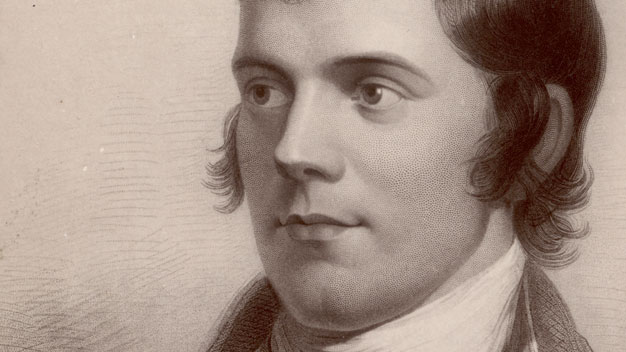
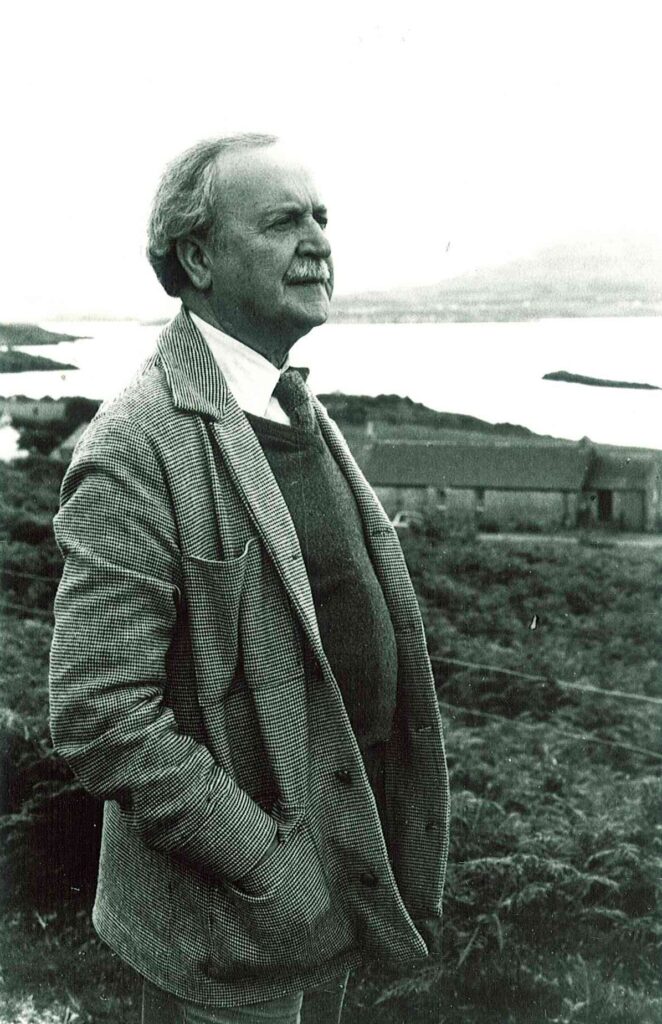
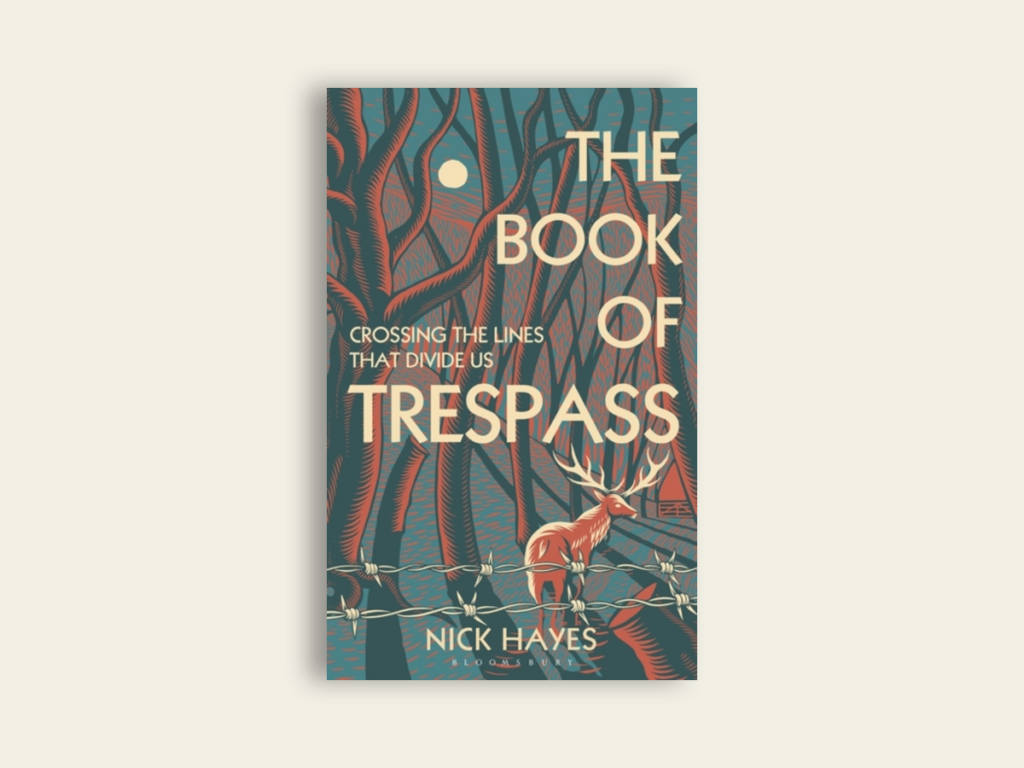
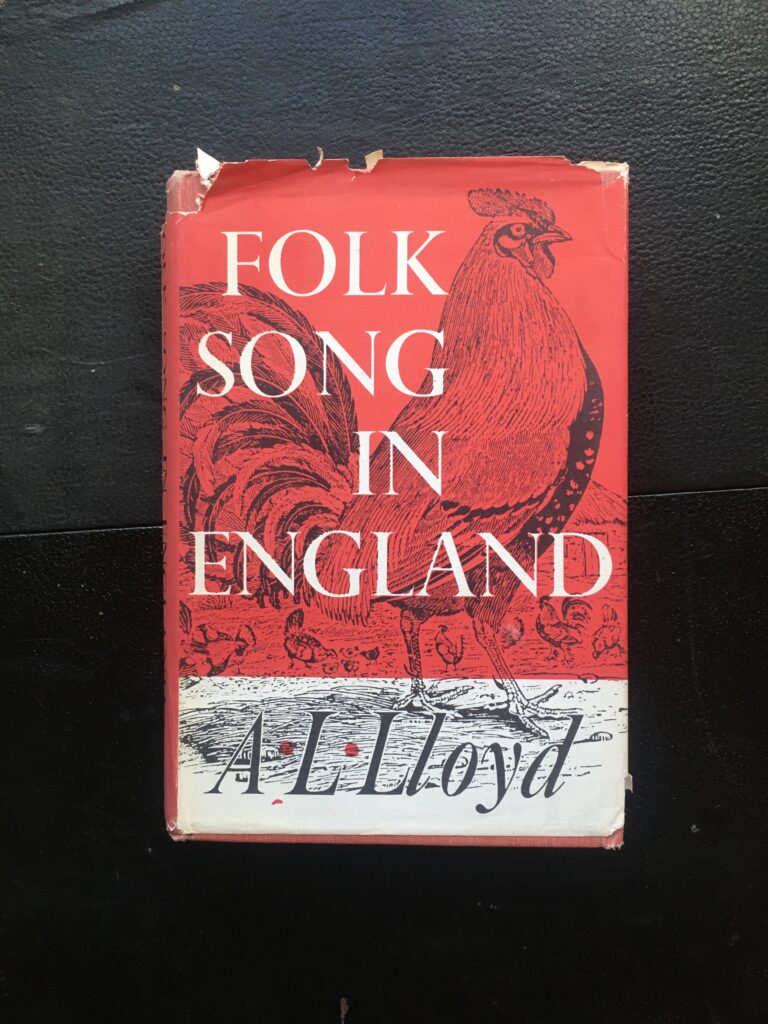
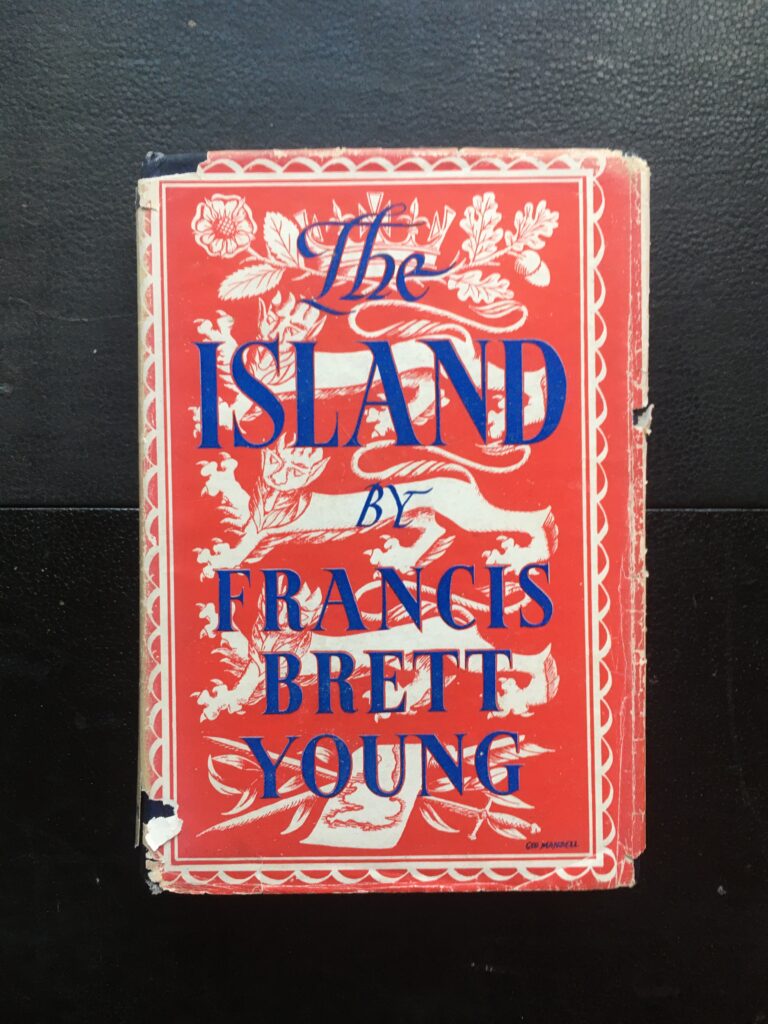
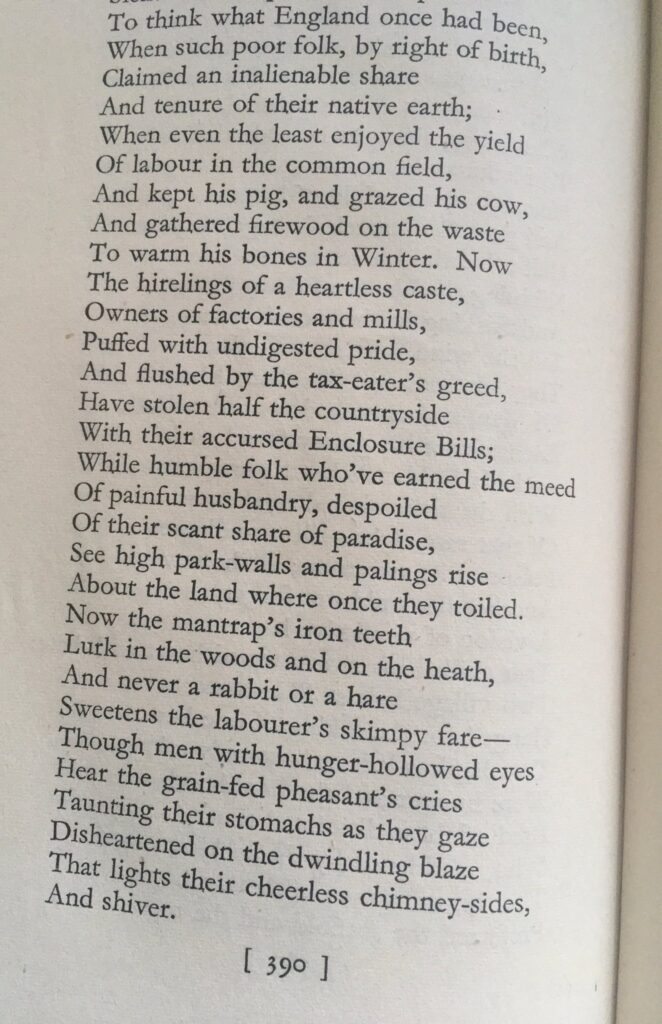
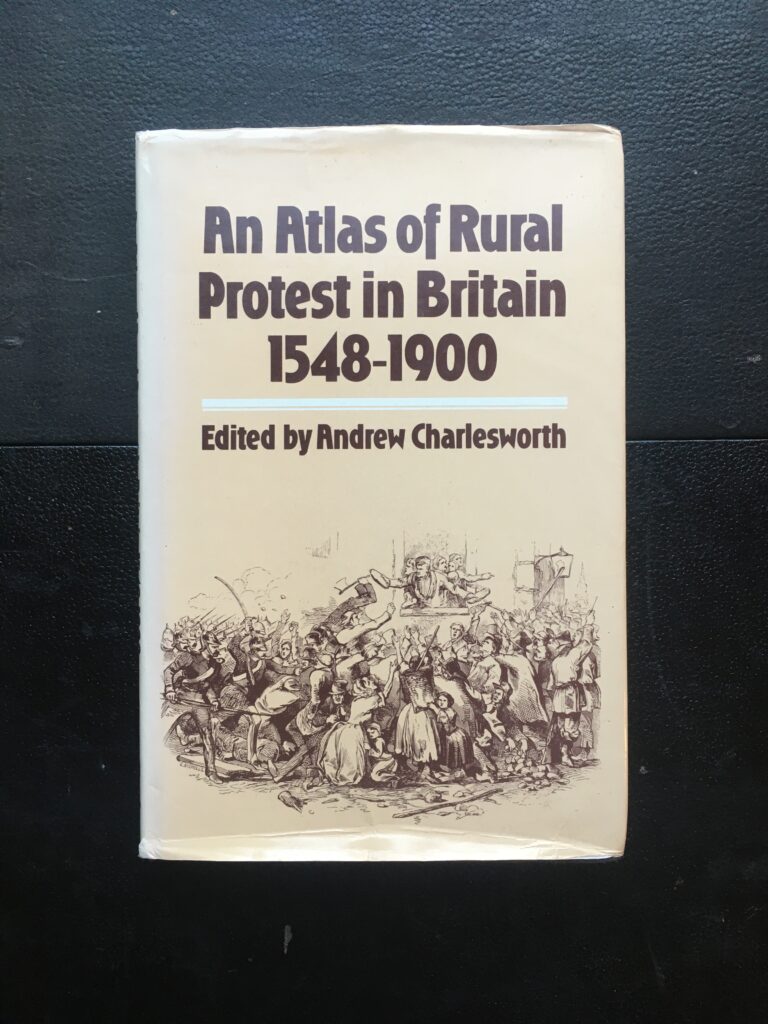

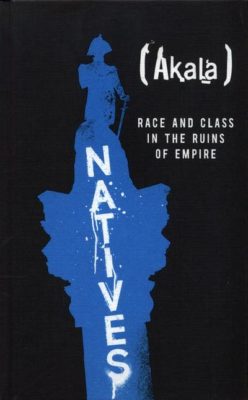 We are major Akala fans here in the herd and regularly send his various
We are major Akala fans here in the herd and regularly send his various 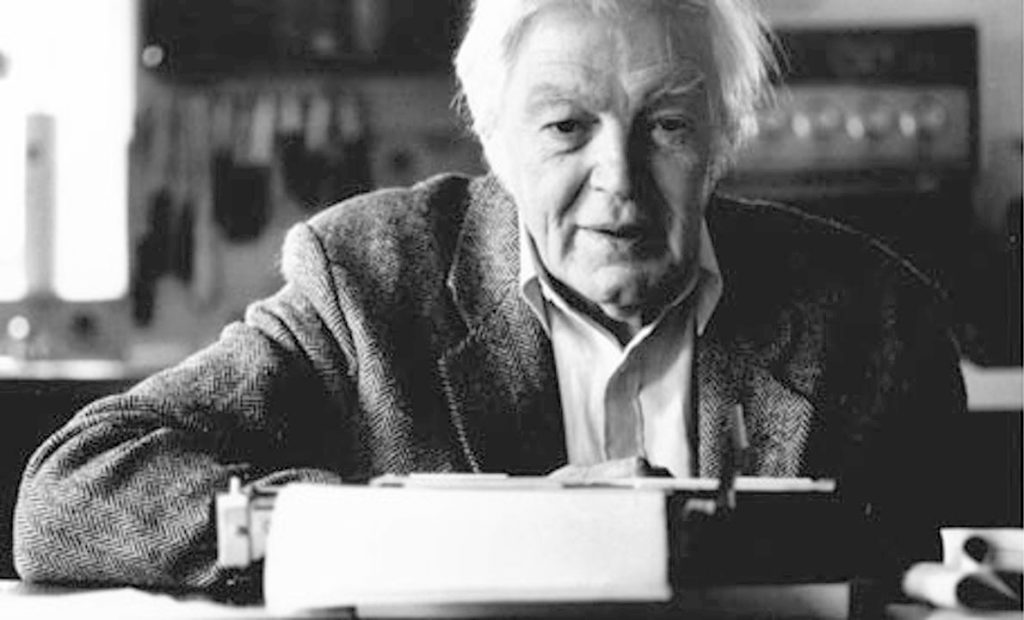
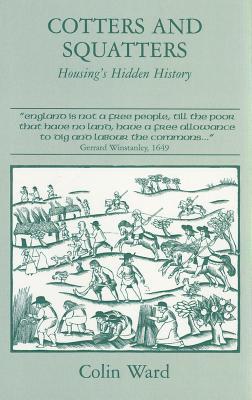 This book is magnificent and tragically out of press with second hand copies going for silly money. I’ve tried to persuade the publisher to re-issue it or to make it available digitally but to no avail yet. Succint, throughly readable and utterly compelling, I hope your local library can sort you out with a copy.
This book is magnificent and tragically out of press with second hand copies going for silly money. I’ve tried to persuade the publisher to re-issue it or to make it available digitally but to no avail yet. Succint, throughly readable and utterly compelling, I hope your local library can sort you out with a copy.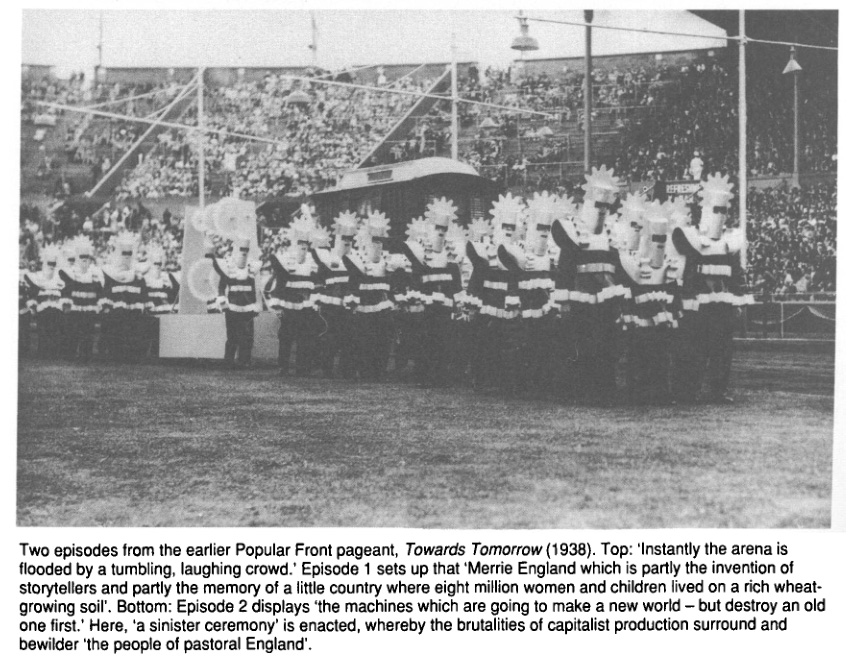
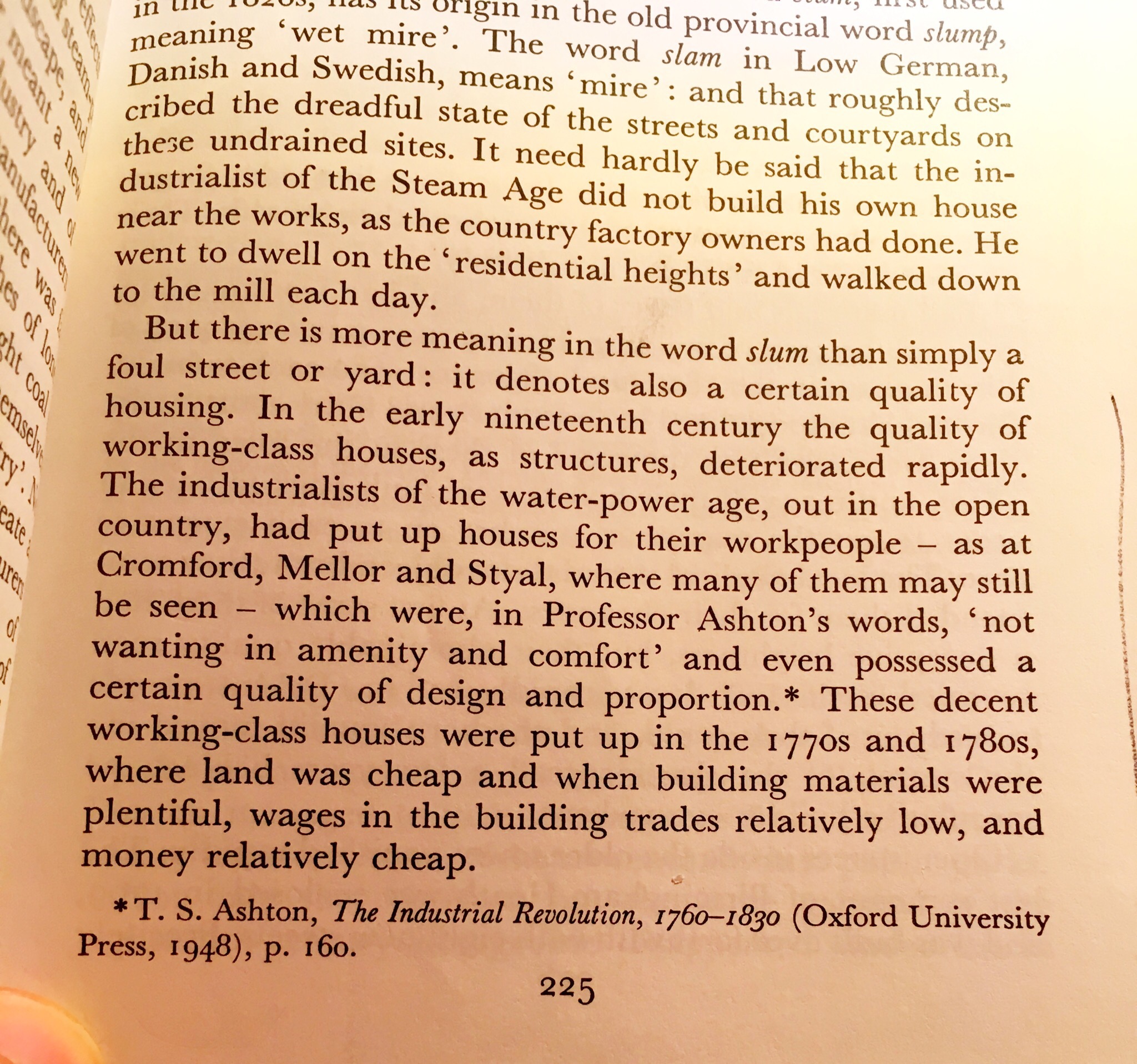
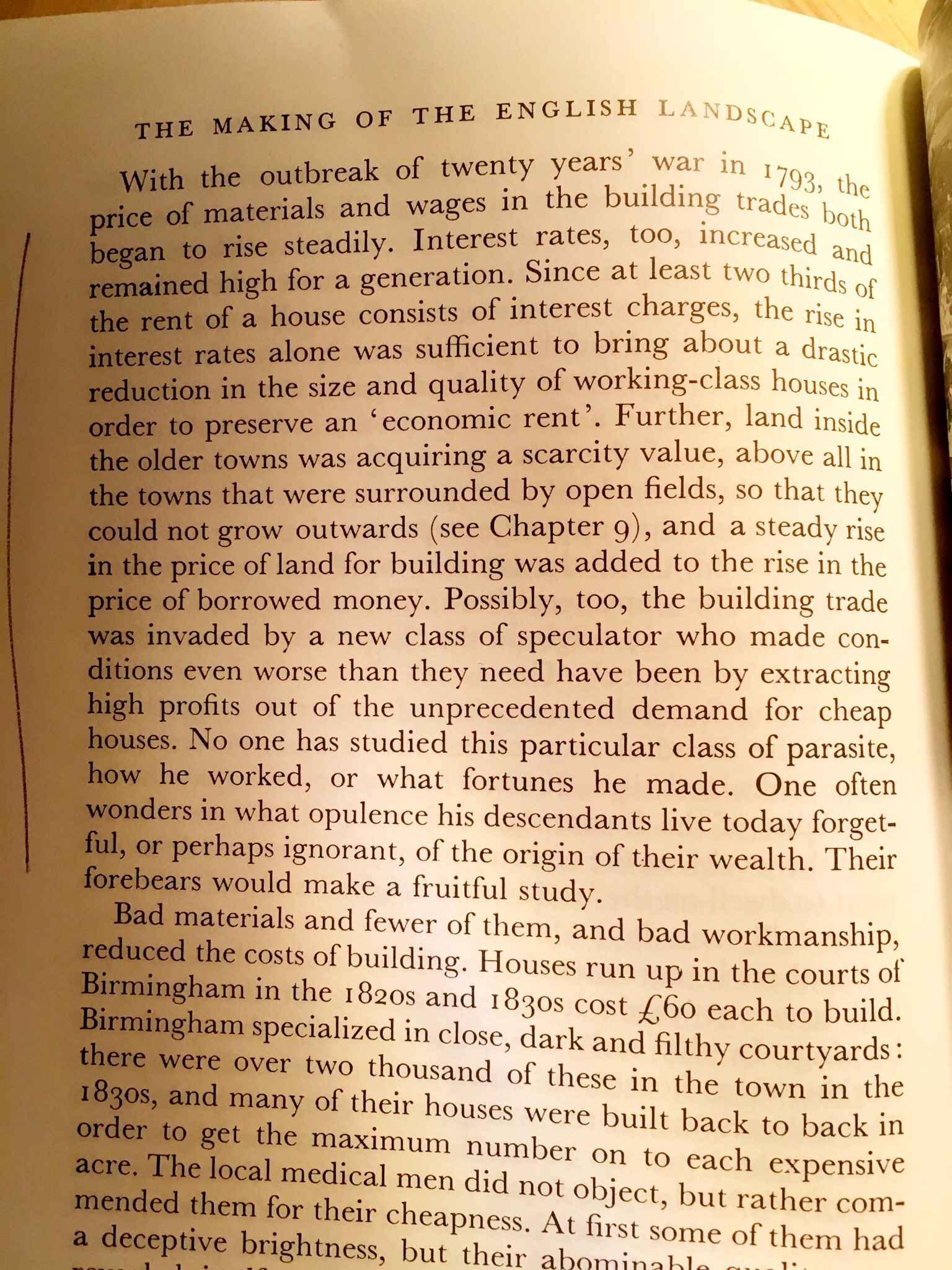
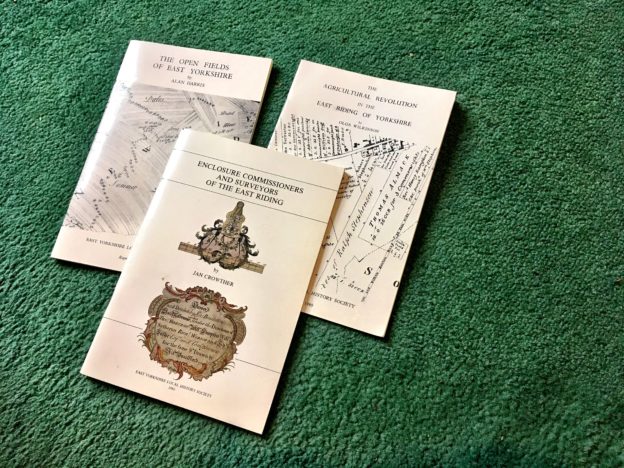
You must be logged in to post a comment.